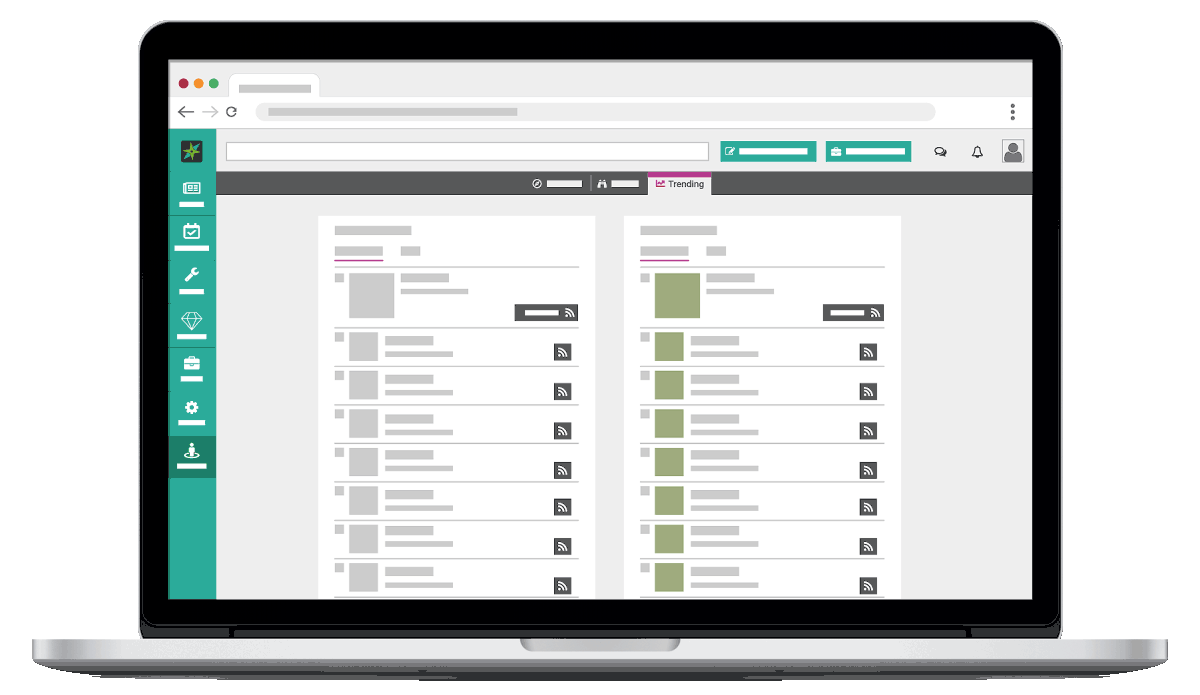When the European Union enacted MiFID II, the aim was to increase transparency and accountability in an opaque, aging market.
The theory was that larger investment banks would stop bundling research fees together with financial service charges. Investment research would be free of resulting conflicts, like Investment Bank A pushing positive research on company B because A is in business with B.
It would lead to better-quality research instead of repetitive, low-value notes, at which no one raised an eyebrow since they didn’t have to pay for them.
The changes triggered a quake in the global investment research market – even far beyond the EU’s jurisdiction – and the dust has yet to settle. The clarity of vision the legislation aimed for remains elusive.
It’s clearer than ever that meaningful change in the market can only come from completely different models.
Questionable Progress
In terms of MiFID II successfully changing the industry for the better, a consensus is equally hard to find. There are some who claim it has been a boon to end investors, i.e. the people who pay funds to seek great returns for them. This view is, to put it mildly, widely disputed.
Instead, several voices argue that the regulation has been to the market’s detriment. Not only has it failed to improve the quality of research and break the large investment banks’ stranglehold on the bulk of research coverage, but there is now less research to go around overall.
A survey among CFA Institute members earlier this year found that most respondents aren’t thrilled with how things are panning out. Buy-side respondents overwhelmingly reported less research demand on their part, while sell-side analyst job cuts continued apace.
More worryingly, a large segment of respondents thought that small- and mid-cap research dropped in both quality and quantity. They also said research budgets have decreased, more so for larger firms. This is the exact opposite of what MiFID II was supposed to achieve.
 Sell-side Identity Crisis
Sell-side Identity Crisis
Where the legislation seemed like it would benefit independent analysts, the market went a different way. A report by Greenwich Associates late last year found that, by mid-2018, more than half of research and advisory budget allocation went towards global investment banks – 60 percent of it in the case of larger asset managers.
All this points to more fundamental problems in the market than lawmakers perhaps anticipated.
Instead of the market opening up more, turning towards independent analysts for truly objective and conflict-free research, it remains steadfast in its preference for large investment banks.
Instead of the unbundling of research and advisory service pricing leading to more transparency, it has resulted in the buy-side refusing to take meetings or calls from the sell-side to avoid running afoul of regulations or being charged each time.
And instead of the traditional sell-side refining their processes in terms of the research they provide, they slashed jobs and cut costs while delivering the same old research offerings, leading to several analysts leaving the industry altogether.
Could it be that there was no real there there, and that unbundling has revealed the sell-side never was delivering such great investment ideas in the first place?
The fact that the uncertainty extends beyond the borders of the European Union, only stresses the need for further change. But at the same time, the true value of MiFID II may yet be to shine a floodlight on those problems, rather than solve them with the stroke of a pen.
Read more on our blog: Beyond Europe: How MiFID II Spurs Regulatory Change Across the Globe
Untapped Research Value
The rise of “research-tech” during this time is not an accident, as several stakeholders realise how fundamentally technology can change their processes. “Fintech across the value chain is supporting the reinvention of research via an explosion of data, tools, and distribution methods,” writes Celent’s David Easthope.
Technology platforms can give the buy-side full control over what research it consumes, how much it pays for it, and how it interacts with analysts as well as corporates. Compliance, transparent pricing, and a slew of actionable data are just a few of the benefits that research-tech brings to the table.
Independent analysts, for their part, get a direct channel of distribution that was not available before. This gives them greater control over their output but even more importantly, it allows them to pursue the research they deem valuable and important, without a higher power calling the shots.
Traditional sell-side still largely follows the “everything and the kitchen sink” approach, in the hopes that clients will find value in at least some of its offerings. A tech-enabled platform, on the other hand, understands and adapts to the needs of the user.
It can deliver research on the sectors, companies, and topics the user is truly interested (and invested) in. It can connect the user to a network that could previously only be accessible through the traditional establishment.
As the market keeps coming to terms with MiFID II and any amendments to the law that might follow, perhaps the true impact of the legislation is this: It has forced the investment research industry to take a long, hard look in the mirror – and evidently, it did not like what it saw. Instead of raging at its reflection, it’s time to look elsewhere to find the change it needs.

 Sell-side Identity Crisis
Sell-side Identity Crisis


